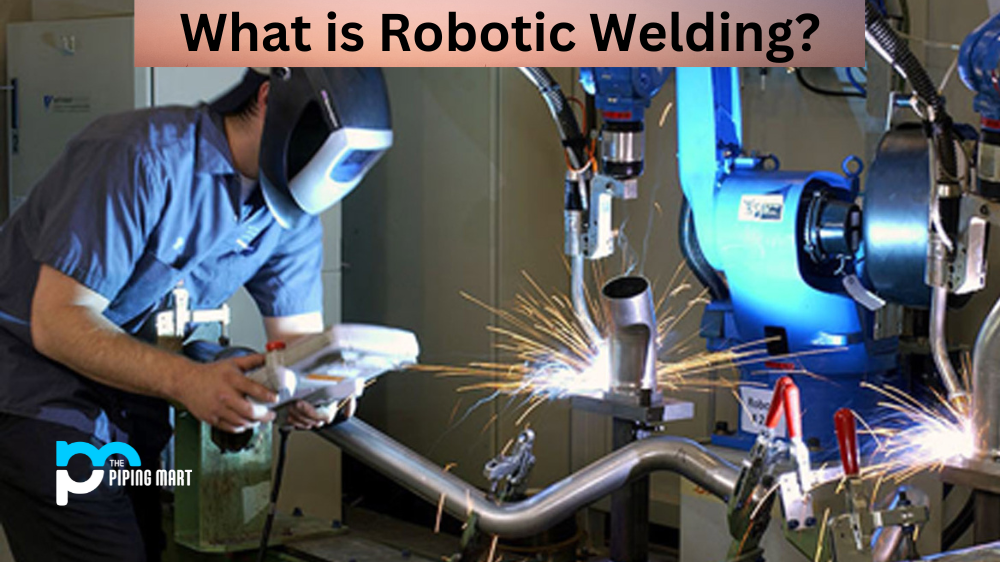Robotic welding is a form of automation that uses robots and computer-controlled equipment to weld parts together. This type of welding is used in industrial manufacturing processes, such as automotive production and other large-scale operations. By using robotic welders, these companies are able to increase their productivity while also ensuring the highest level of quality in their welds. Let’s take a closer look at what robotic welding is and how it works.
How Robotic Welding Works
Robotic welding works by using a robot arm, which is controlled by specialized software, to move the welding gun around the workpiece. The robot moves the gun so precisely that it can make very intricate shapes or patterns with its welds. This makes it ideal for making complex components or products that require exact measurements and precise spacing between the components being welded together. Additionally, robotic welding allows for the repeatability of each weld, meaning that each part produced will be identical to the one before it.
Uses
Robotic welding has been a game-changer for the manufacturing industry. This process uses advanced technology to automate intricate and precise welding sequences, which can be completed faster, safer and far more efficiently than manual welding by skilled technicians. It is much more accurate than traditional welding methods due to its high levels of consistency and is widely used in components that require complex shapes or heavy material thicknesses. Robotic welding also has many additional benefits, including low start-up costs, reduced production times, minimal rework and improved part quality. These benefits make robotic welding a great option for businesses that are looking to streamline their operations while maintaining the highest production standards’ of robotic welding.
Benefits of Robotic Welding
The primary benefit of using robotic welding is increased productivity since automated machines can work more quickly than humans can. Furthermore, because robots don’t get tired or need breaks as humans do, they can keep working continuously without any downtime. Additionally, robotic welders are extremely accurate and consistent—they are programmed to create perfect welds every time they are used. This ensures high-quality parts with minimal defects that consistently meet customer expectations.
Finally, robotic welding also has safety advantages over manual welding techniques since no human workers have to be near the hot areas where sparks could fly off and cause injury or even death. In addition, robots don’t need protective gear like humans do when performing manual welding tasks; this helps further protect workers from potential harm during production processes.
Conclusion:
Robotic welding is an invaluable tool for many manufacturing businesses because it enables them to produce high-quality parts faster and more efficiently than ever before possible with manual approaches. With its speed and accuracy, robotic welding offers many benefits over traditional methods, including increased productivity, greater precision and repeatability in each part produced and improved safety for workers due to reduced exposure to sparks or hazardous fumes created by manual procedures. If you’re looking for an efficient way to improve your production process and ensure quality results every time you use your machine, then investing in a robotic welder may be just what you need!
Meet Heer, a dynamic and driven writer learning tricks of her trade in the metal industry. With a background in Digital Marketing, Heer brings a unique perspective to her writing, sharing valuable insights. Apart from blogging she like reading and hiking.




